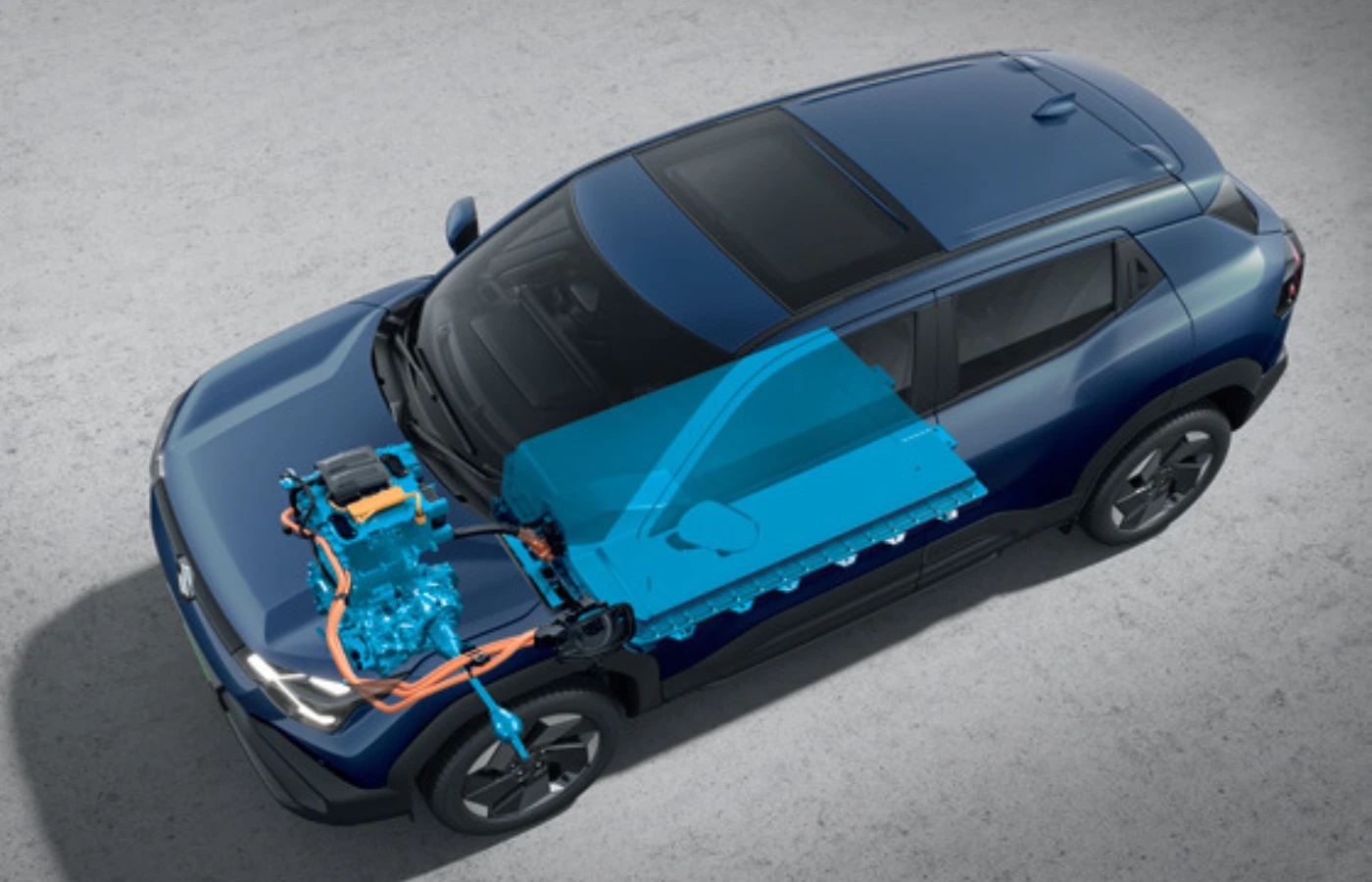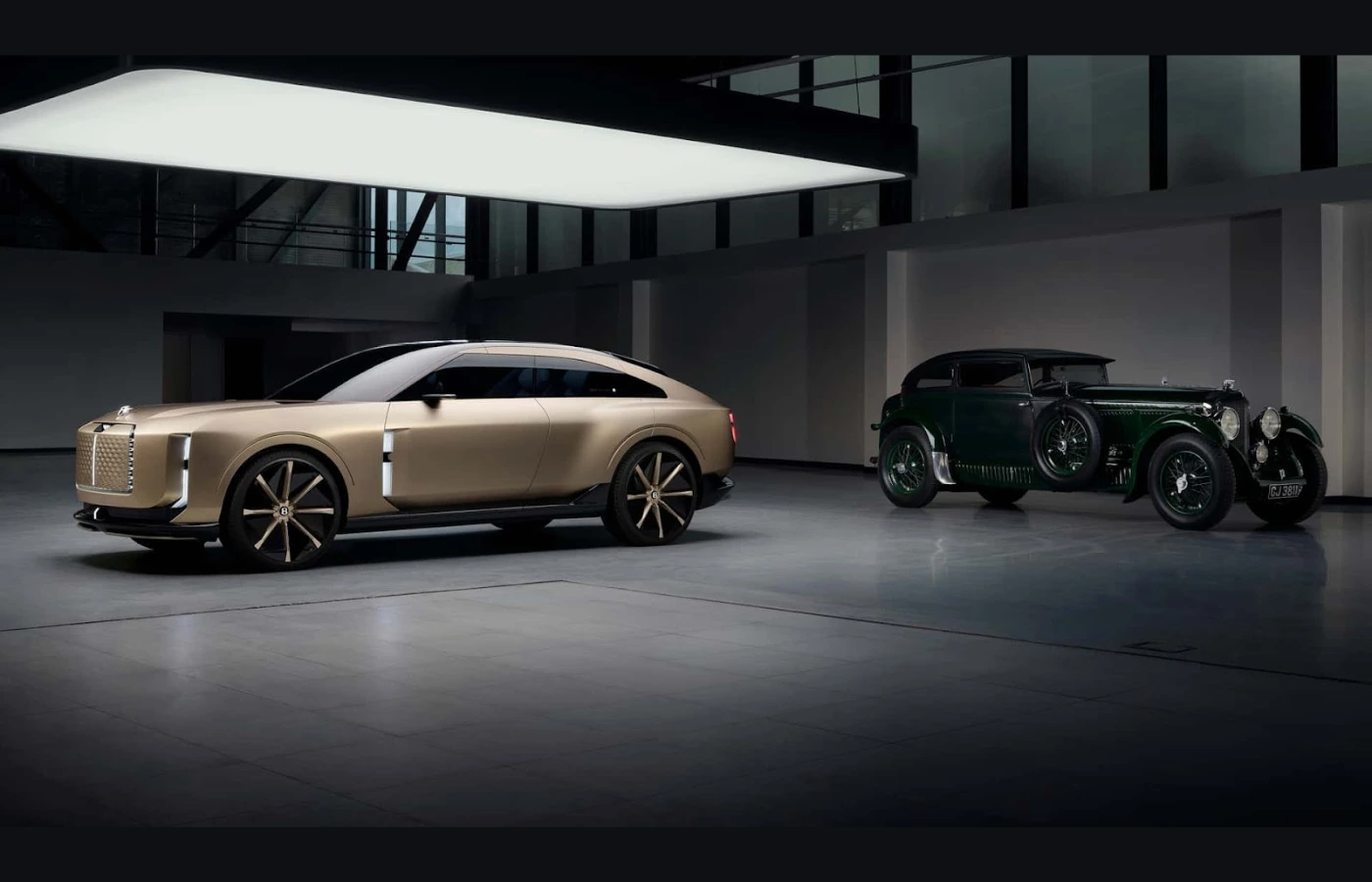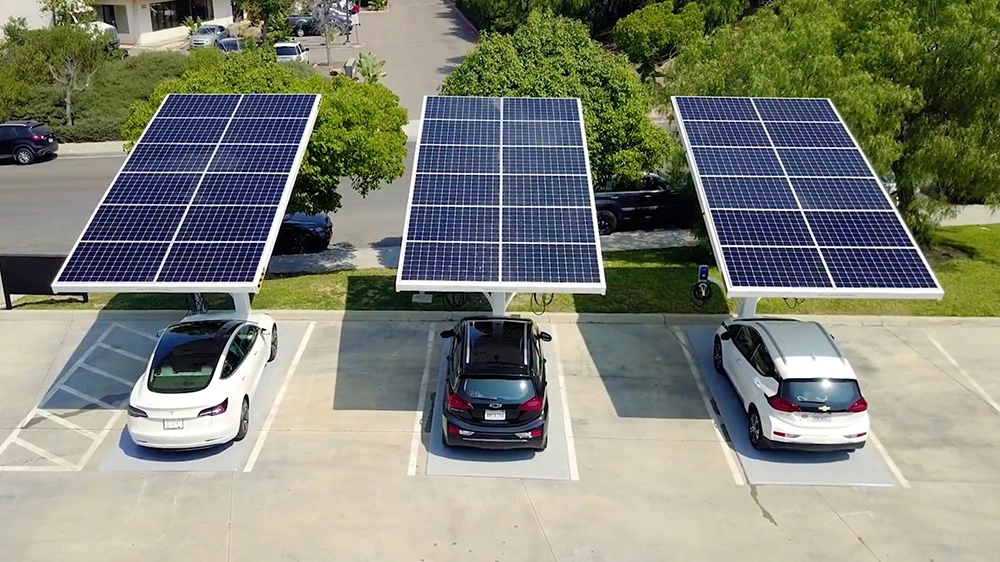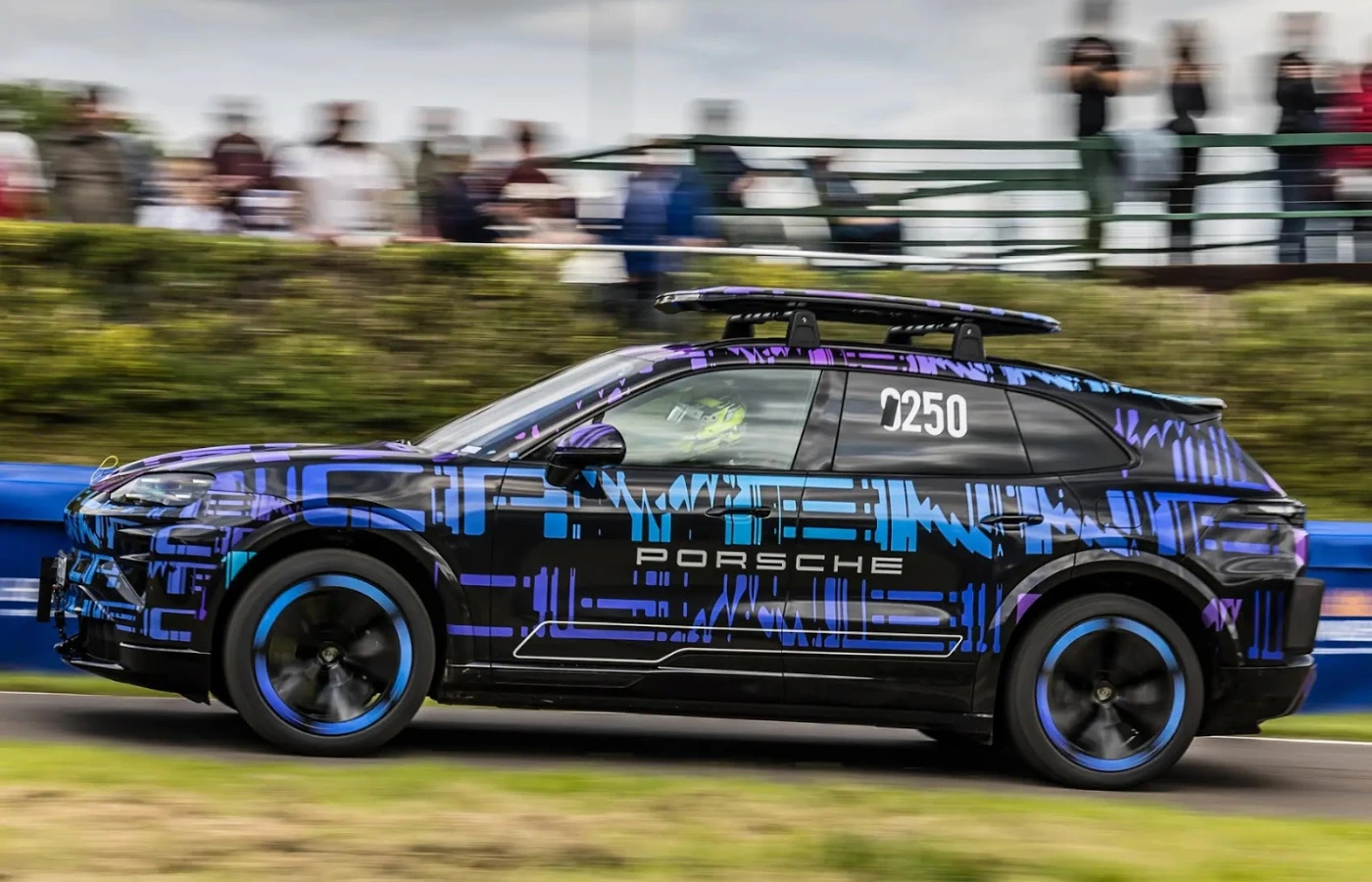The Maruti E-Vitara will feature a front e-axle manufactured in India.

Maruti Suzuki is set to utilize a front axle that is manufactured entirely in India. This compact e-axle will be crafted under a joint alliance with BluE Nexus that includes Toyota (BluE), Aisin, and DENSO. Basically e-axle is a module that houses a motor, inverter and transaxle making it a compact package, which in comparison is similar to systems incorporated by Tesla, BMW, and Hyundai (E-GMP).
The e-axle generates high power density through the compact motor and inverter without utilising too much space as it is seamlessly attached to a compact package.
Maruti E-Vitara Power Generation & Performance
The front motor currently manufactured in India will generate a maximum power output between 106 kW (144 BHP) and 128 kW (174 BHP) of massive power. The e-axle attached to the front has compact length which helps it to get placed seamlessly in the bonnet, while the rear has less height which helps to consume less space for providing extra passenger and cargo space.
.webp)
POWER: The maximum power generated by the rear e-axle is around 80 kW (108 BHP). However, In India, we could miss the AWD version and is expected to debut at the later stage as the company will be analysing the behaviour and overall response of the vehicle and then will decide whether to introduce AWD in this price range or not. However, according to various reports, Toyota could feature it first on its new upcoming SUV.
Maruti E-Vitara Motor and Technical Details
However it is quite fascinating how they were able to achieve these compact lengths, as the company stated that the e-axle integrated double-sided cooling for the inverter, to enhance effectiveness and reliability, magnets are utilized to make the e-motor lighter and more compact in size.
The most important factor that helps in weight reduction is that the inverter is attached inside the main housing, which eradicates the need for an additional housing which is generally placed for each component.
.webp)
The main benefit of this is the shafts which provide power from the motor to axle can be even more compact in dimensions, ultimately helping to reduce excess weight as smaller shafts are not required to be made strong. The E-Vitara will be introduced in India with a substantial 61 kWh battery pack with an estimated significant range of 500 Km on a single charge
.webp)

.jpg.png)

